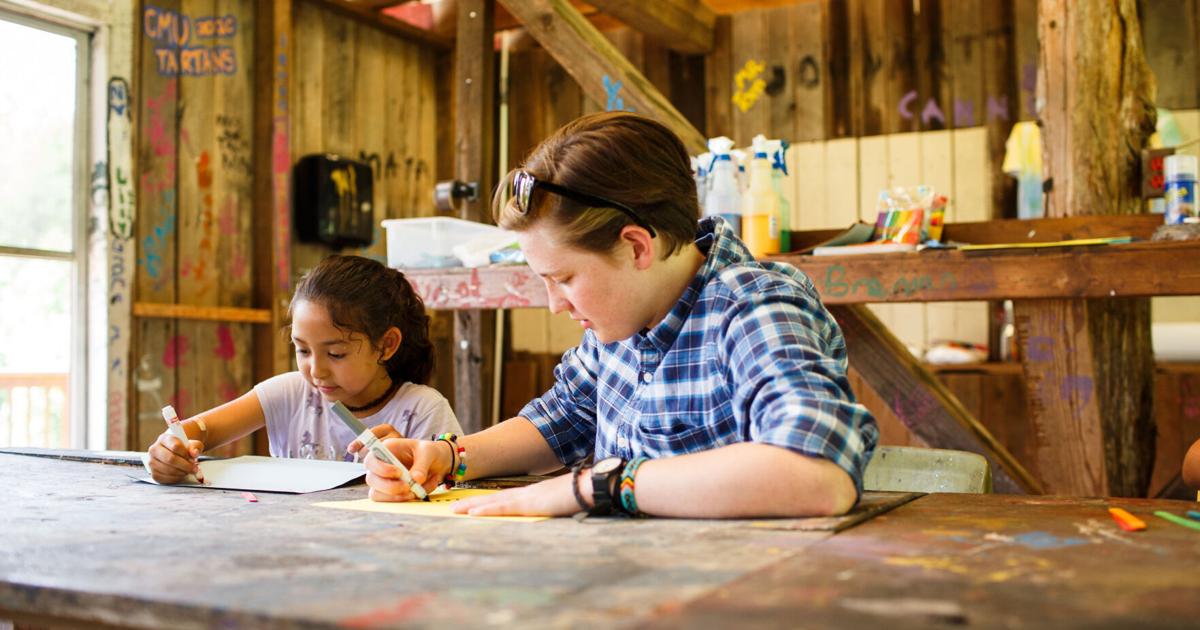Building Bridges, Finding Belonging: How Adopted Kids Sleepaway Camps Support Adoption Agencies

Adoption agencies work tirelessly to connect children in need with loving families. But the journey doesn’t end there. Many adopted children, especially those adopted internationally or later in life, grapple with questions about identity, heritage, and belonging. This is where adopted kids’ sleepaway camps come in, offering a unique space for healing, connection, and self-discovery that complements the work of an adoption agency.
Beyond Placement: The Ongoing Needs of Adopted Children
Adoption agencies play a crucial role in matching children with forever families. They conduct thorough home studies, ensure legal compliance, and provide support during the initial transition period. However, the post-adoption journey requires ongoing support. Adopted children, particularly those who have experienced trauma or loss, may face challenges like:
- Identity exploration: Adopted children often grapple with questions about their birth families, heritage, and how these aspects fit into their new lives.
- Cultural adjustment: Children adopted internationally may struggle to adapt to a new culture, language, and customs.
- Feelings of isolation: Adopted children may feel different from their peers, leading to a sense of isolation or loneliness.
Here’s where adopted kids sleepaway camp steps in, providing a safe space for children to explore these complexities and build a strong sense of self.
A World of Shared Experiences: The Benefits of Adopted Kids Sleepaway Camps
These specialized camps cater specifically to adopted children. Campers find themselves surrounded by peers who share similar experiences, fostering a sense of belonging and reducing feelings of isolation. This shared understanding allows for open and honest discussions about adoption, birth families, and cultural backgrounds.
The benefits of adopted kids sleepaway camps extend far beyond:
- Identity exploration: Camps often incorporate activities that explore heritage and cultural identity. This might involve learning about birth countries, connecting with adopted siblings from similar backgrounds, or participating in cultural workshops.
- Building self-esteem: Camp activities promote self-confidence and positive self-image. Through camp adventures, new skills, and supportive peer relationships, adopted children discover their strengths and develop a sense of belonging.
- Social and emotional learning: Camps provide a safe environment to develop social and emotional skills. Camp counselors trained in adoption-related issues can help children process emotions, develop healthy coping mechanisms, and build communication skills.
These experiences complement the work of adoption agencies by providing ongoing support for adopted children and their families.
A Collaborative Approach: Building Bridges Between Agencies and Camps
Adoption agencies and adopted kids’ sleepaway camps can create a powerful synergy, enhancing the overall support system for adopted children. Here are some ways they can collaborate:
- Referral programs: Adoption agencies can recommend suitable camps to families based on their child’s needs and interests.
- Scholarship opportunities: Agencies and camps can work together to offer scholarships for families facing financial constraints.
- Joint workshops or events: Camps can partner with agencies to host workshops or events on topics relevant to adopted children and their families.
By working together, adoption agencies and adopted kids’ sleepaway camps can create a more comprehensive support system for adopted children, helping them thrive not just in their families but also in the wider world.
Ultimately, the goal is to ensure that every adopted child feels seen, heard, and understood. Sleepaway camps offer a unique space for connection and growth, complementing the work of adoption agencies and paving the way for a brighter, more fulfilling future for adopted children.






